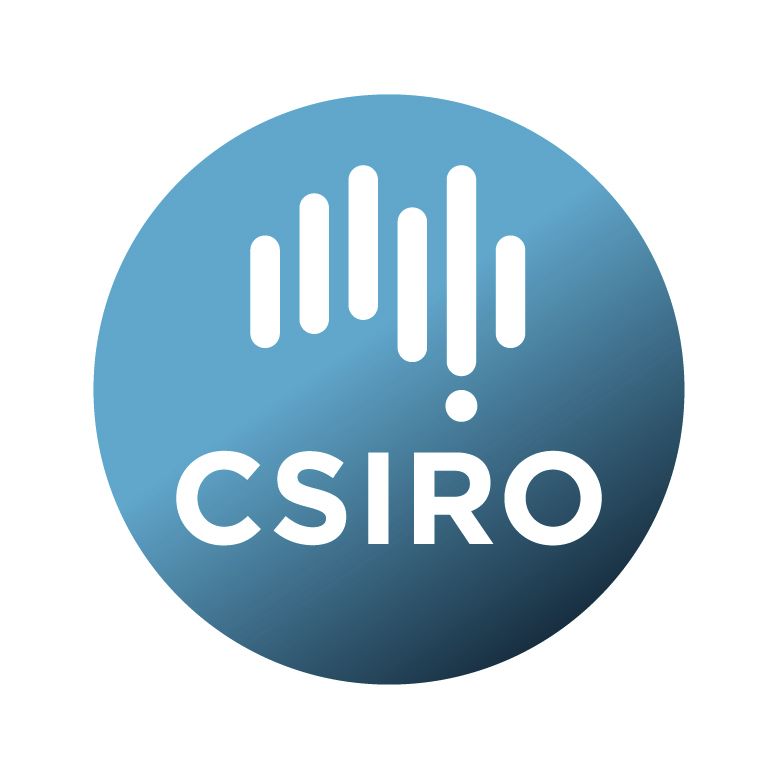Brief description
This is Version 1 of the Australian pH (Water) product of the Soil and Landscape Grid of Australia.The map gives a modelled estimate of the spatial distribution of soil pH (1:5 soil water solution) in soils across Australia.
The Soil and Landscape Grid of Australia has produced a range of digital soil attribute products. Each product contains six digital soil attribute maps, and their upper and lower confidence limits, representing the soil attribute at six depths: 0-5cm, 5-15cm, 15-30cm, 30-60cm, 60-100cm and 100-200cm. These depths are consistent with the specifications of the GlobalSoilMap.net project (https://esoil.io/TERNLandscapes/Public/Pages/SLGA/Resources/GlobalSoilMap_specifications_december_2015_2.pdf). The digital soil attribute maps are in raster format at a resolution of 3 arc sec (~90 x 90 m pixels).
Detailed information about the Soil and Landscape Grid of Australia can be found at - https://esoil.io/TERNLandscapes/Public/Pages/SLGA/index.html
Attribute Definition: pH of a 1:5 soil water solution
Units: None;
Period (temporal coverage; approximately): 1950-2021;
Spatial resolution: 3 arc seconds (approx 90m);
Total number of gridded maps for this attribute: 18;
Number of pixels with coverage per layer: 2007M (49200 * 40800);
Data license : Creative Commons Attribution 4.0 (CC BY);
Target data standard: GlobalSoilMap specifications;
Format: Cloud Optimised GeoTIFF;
Lineage: A full description of the methods used to generate this product can be found at - https://aussoilsdsm.esoil.io/slga-version-2-products/soil-ph-15-water
We used a Random Forest model to fit the relationship between measurements and covariates. The Random Forest model uses the bootstrap resampling approach to iteratively develop the relationships between target variable and predictor variables.
Our modelling also included a repeated (n =50) bootstrap resampling approach but was different in that on each iteration the selected data which were also field data had to be converted to a ‘lab’ measurement. This ‘lab’ measurement was derived by drawing a value at random from the empirical distribution corresponding to the field measurement. In this way, we can incorporate into the modelling, the observed variability that is associated with field measurements, which also provides a seamless way to incorporate both data types.
The process of spatial modelling was relatively standard after the data integration step was done. Models were developed for each specified depth interval: 0-5cm, 5-15cm, 15-30cm, 30-60cm, 60-100cm, 100-200cm. Our investigations also revealed there was some benefit to modelling the Random Forest model residuals using variograms. Together models were evaluated using a data set of size 10000 sites, meaning that the number of cases to evaluate models differed with each depth interval as more cases are found at the surface and near surface and drop off with increasing soil depth. We used the prediction interval coverage probability to assess the veracity of the uncertainty quantifications.
Soil pH mapping was output to the ~90m grid resolution in accordance with SLGA specifications.
All processing for the generation of these products was undertaken using the R programming language. R Core Team (2020). R: A language and environment for statistical computing. R Foundation for Statistical Computing, Vienna, Austria. URL https://www.R-project.org/.
Code - https://github.com/AusSoilsDSM/SLGA
Observation data - https://esoil.io/TERNLandscapes/Public/Pages/SoilDataFederator/SoilDataFederator.html
Covariate rasters - https://esoil.io/TERNLandscapes/Public/Pages/SLGA/GetData-COGSDataStore.html
Available: 2024-08-28
Data time period: 1950-01-01 to 2022-05-20
Subjects
3-dimensional soil mapping |
Attribute |
Continental |
DSM |
Digital Soil Mapping |
Environmental Sciences |
Global Soil Map |
Raster |
SLGA |
Soil |
Soil Maps |
Soil Sciences |
Soil Sciences Not Elsewhere Classified |
Spatial modelling |
Spatial uncertainty |
TERN |
TERN_Soils |
TERN_Soils_DSM |
pH |
pH (Water) |
User Contributed Tags
Login to tag this record with meaningful keywords to make it easier to discover
Identifiers
- DOI : 10.25919/37Z2-0Q10

- Handle : 102.100.100/448272

- URL : data.csiro.au/collection/csiro:56703



